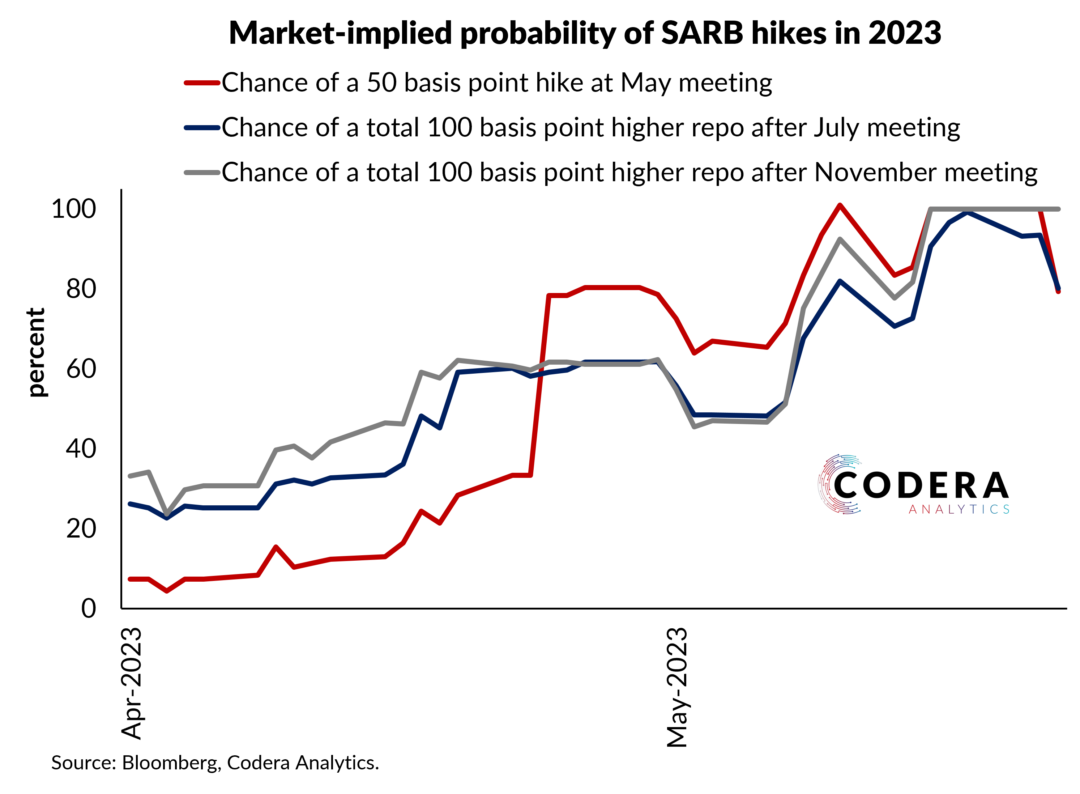Estimates from the IMF suggest monetary policy frameworks have improved a lot since 2007 in major economies. The charts below present selected components of their aggregate indices assessing monetary policy frameworks. South Africa’s monetary policy framework is assessed to have improved across several dimensions, broadly in line with frameworks in major economies. SARB’s scores for Policy Formulation (i.e. decision-making process and the extent to which policy is forward-looking), Communication (i.e. how decisions and their underlying rationale are conveyed to the public), Monetary Policy reporting (how well it ‘explains monetary policy decisions and their rationale’) and Publication of Data (which covers ‘publication of data related to the objectives, numerical targets, and tools, including forecasts’) have improved since 2007. Interestingly, scores for Policy Formulation and Communication have increased a lot more in India and the United States, and Monetary Policy reporting and Publication of Data have improved the most in Argentina, Russia and the United States for the sample considered.
Unfortunately, the IMF only provide indexed data, so one cannot compare which central bank score highest on individual categories, only how central bank scores have changed over time. In South Africa’s case, the two areas where SARB is assessed to have regressed is Delegation and Designation of Responsibility (which cover ‘statutory monetary policy mandate and the body(ies) responsible for monetary policy within the central bank’) and Mandated Goals and Numerical Targets (which cover ‘the goals assigned to monetary policy in the mandate and the existence and governance of any associated numerical targets’), but the authors do not provide country-level data to assess what contributed to this deterioration in accountability. I will look out for an update, as it would be interesting to know how this assessment has changed post-pandemic.



